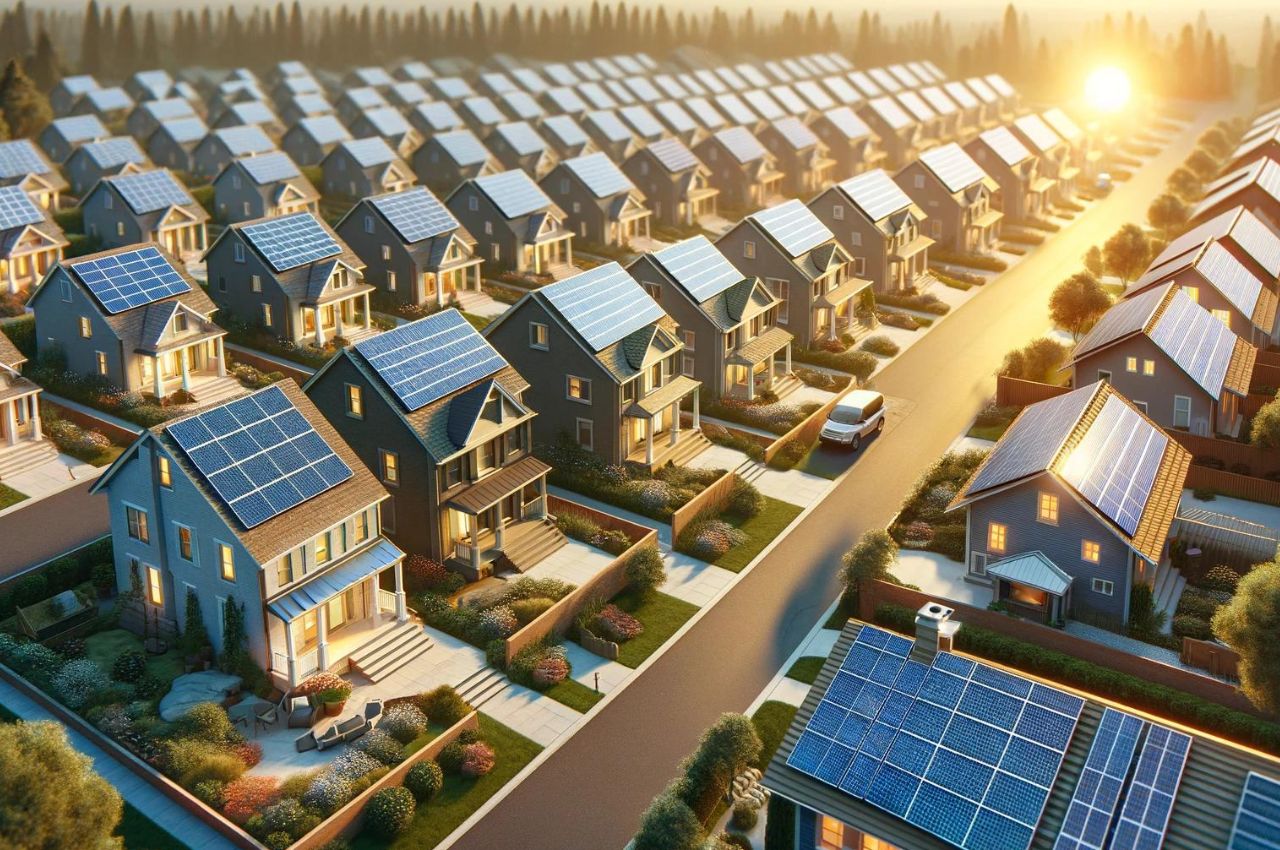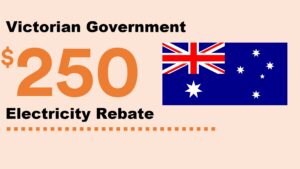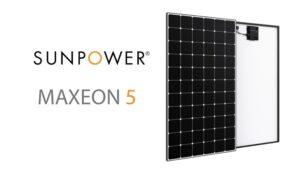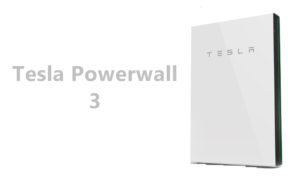
Investing in solar panels is a significant step towards energy independence and sustainability. But before taking the plunge, one of the primary questions homeowners face is: what size solar panel system do I need for my home? The answer isn’t one-size-fits-all; it depends on various factors, including your energy consumption, the available roof space, your budget, and the goals of your solar project. Let’s explore the different solar panel sizes and how to determine which one fits your home’s needs.
Assessing Your Energy Consumption
The foundation for determining the correct size for your solar panels is understanding your household’s energy usage. Your monthly electricity bills can provide this information, usually given in kilowatt-hours (kWh). Once you have your average energy consumption, you can gauge the capacity needed from your solar panel system to cover your electricity needs.
Small-Scale Solar Systems
For small homes or those with low energy consumption, a small-scale solar system might suffice. These systems typically range from 2 to 4 kilowatts (kW) and can cover anywhere between 200 to 400 kWh of electricity usage per month. They are perfect for couples, small families, or homes that are very energy efficient.
Medium-Scale Solar Systems
The average Australian home may require a system that’s a bit more robust, usually between 5 to 7 kW. These systems can generally provide 500 to 700 kWh per month, catering to the needs of a typical family home with moderate electricity usage.
Large-Scale Solar Systems
Larger homes with high energy demands might need systems ranging from 8 to 10 kW Solar Panel or more. These can generate upwards of 800 kWh per month, suitable for energy-intensive households with multiple occupants, electric vehicle charging needs, or homes with high-usage appliances like air conditioners and pool pumps.
Evaluating Your Roof Space
Another critical aspect is the amount of available roof space. Solar panels require sunlight, so the area of your roof that gets ample sun exposure during the day is where you’ll want to install them. Each kW of solar panels typically needs about 10 square meters of roof space, so for a 5 kW system, you’d need approximately 50 square meters of unshaded, north-facing roof area.
Considering Budget and Goals
Your budget plays a pivotal role in determining the size of your solar panel system. It’s about finding the balance between what you can afford and the long-term savings a larger system might offer. Additionally, consider your goals: Are you looking to reduce your carbon footprint significantly, become entirely energy-independent, or simply cut down on electricity bills? Your objectives will shape the system size that’s right for you.
Getting Professional Input
Given the complexities involved, it’s wise to consult with a professional solar installer. They can perform a detailed assessment of your home, considering the roof’s orientation, angle, shading, and local climate conditions, which can all influence the efficiency of your solar panels. A reputable solar company will help you understand the best system size for your specific situation.
Conclusion
Finding the ideal solar panel size for your home requires a thoughtful approach, considering your energy needs, roof space, financial means, and personal goals. By doing your homework and seeking expert advice, you can ensure your move to solar power is both economically and environmentally sound.
With solar technology advancing and becoming more efficient, homeowners have more options than ever to customize their solar solutions for optimal performance and sustainability. Whether you opt for a small, medium, or large system, the power to make a positive impact on the environment and your energy bills is substantial and rewarding.







